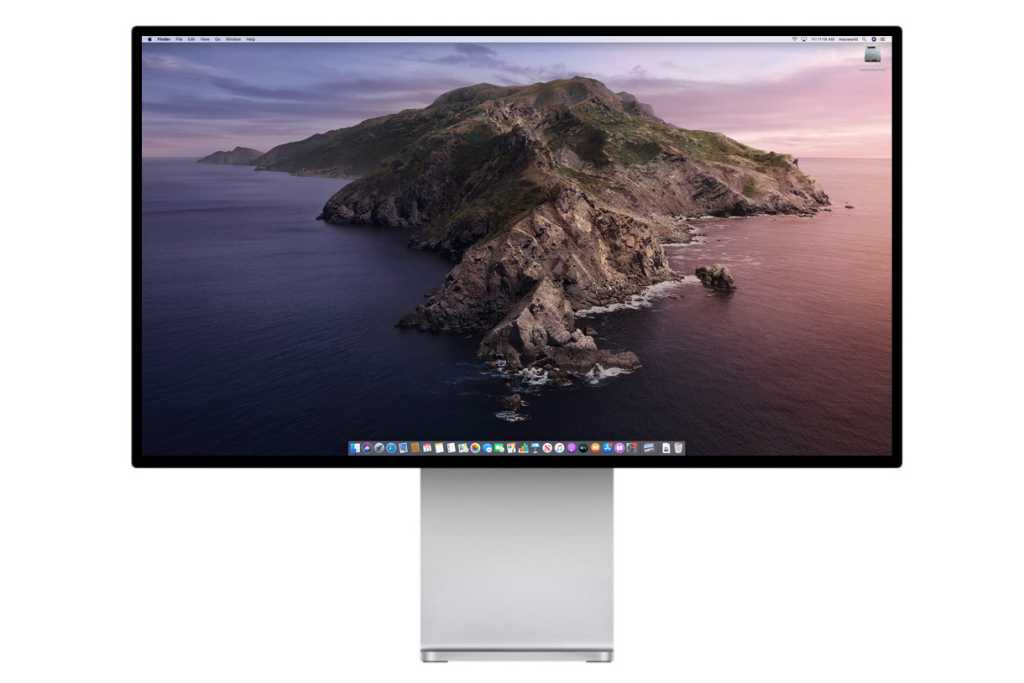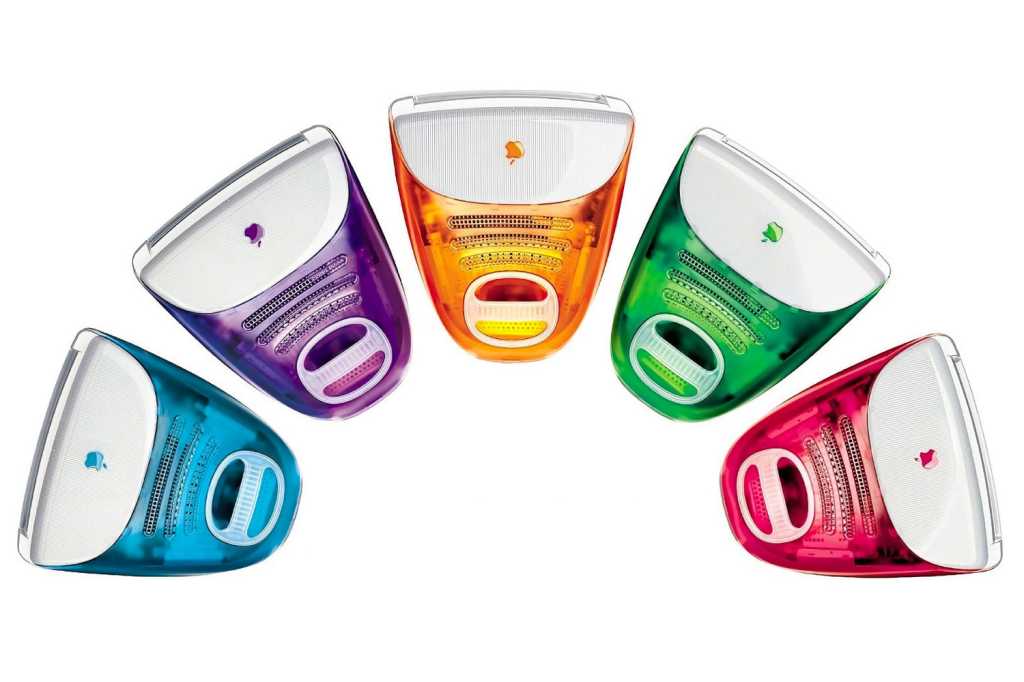A new iMac would be Apple’s most significant release in years
[ad_1]
On Tuesday, Apple plans to kick off the spring season with some big announcements during its “Spring Loaded” event. We’re mostly expecting a ho-hum affair, but one rumor that gained traction recently caught our attention: Apple may be preparing to launch a new iMac, not just one with Apple silicon, but a model that’s completely redesigned for the first time in nearly two decades. If Apple delivers—and that’s still a bit of a sizable if—the iMac will not only be the most important announcement at Tuesday’s event, but it will also be Apple’s most important product in years.
Beyond M1
You might say that Apple’s M1 Macs released last year were the most important Macs in many years, and there is no denying that—the successful launch of Apple silicon was important on many levels. But the follow-up to the M1 might be even more important. Now that we know what the M1 can do, we’ll be looking to see where Apple is headed with the system-on-chip that’s likely to power the Mac for the foreseeable future.
The gains the M1 has over its Intel counterparts are extraordinary, which, in turn, has created high expectations for the next chip in the series. The iMac might seem like a consumer device, but it’s a computer that’s popular with both general users and professionals, so Apple needs to deliver on performance, if not in the entry-level model then certainly in the higher ones. It will be important to see if Apple can continue widening the performance gap with these higher-end SoCs as we anticipate where Apple’s roadmap is headed.
What form of the M1 system on a chip will be in the new iMac?
Apple
Apple could also take this opportunity to address concerns about the SoC’s unified memory and ports. The apparent memory restrictions weren’t so much about the current M1 lineup but about future Macs that are more likely to push performance, and even though the iMac will likely have higher limits on RAM, it’s unlikely to be quite as high as the current models. Unified memory an innovation that changes the way people think memory works on a computer and could use more clarification, especially after reports that SSDs were beginning to degrade more quickly with the new chip. And while the MacBook Pro might not need more than two USB-C ports, the iMac certainly does, so we’ll be watching the back of the machine as closely as the front.
The iMac isn’t just another Mac with Apple silicon. It’s Apple’s most iconic desktop and one that still draws more attention than Apple’s other PCs, even if it isn’t its biggest seller anymore. The 13-inch MacBook Pro might have been the first Mac with Apple silicon, but a new iMac would essentially be Apple’s first M1 machine truly built for professionals, and it could very well be the machine that pushes the transition into high gear.
A splash of color
The aluminum iMac was introduced in 2007. Ever since then, the iMac has had just one modification in its design, one that didn’t really change the look of the iMac. The iMac design works well enough, but standards have changed since 2007 (even further back, since the aluminum iMac is a revision of the white plastic iMac released in 2004) and the iMac is so very stale. Its bezels are comical large and its “chin,” while a great place for the Apple logo, seems unnecessary and unbalanced, and the screen still doesn’t allow for height adjustments.

Hopefully the new iMac will include a stand. unlike the Pro Display XDR.
Apple
The rumors say that the new design is based on Apple’s Pro Display XDR, which features a minimal design that faces the user—there’s no chin, the bezels are a lot smaller, and like the iPhone and iPad, the Apple logo is on the back. Apple probably won’t use an XDR-like grill on the back of the new iMac, which is fine, but there will surely be plenty of design flourishes that give a singular character. For instance, Apple is also expected to make the new iMac available in colors similar to the iPad Air, a welcome change from the lone color choice Apple has offered for years.
Apple has a reputation for combining the best in design, usability, and technology, but the iMac hasn’t fit that bill for more than a decade. The iMac once set the trend for Apple’s design language, but now it’s testament to how the iPhone has outpaced the Mac in terms of design and innovation. A new iMac with a radical new design won’t just polish Apple’s somewhat tarnished iMac reputation, it’ll reinforce it.
The spirit of Apple
Chips and design are important, but more than any other product Apple makes, the iMac is a symbol of the company’s innovative spirit. It’s Steve Jobs’ and Jony Ive’s legacy, and even in the age of iPhones and iPad, when I think of Apple, the original Mac and iMac are still the first things that come to mind —all-in-one computers with gorgeous designs that defy logic and are instantly recognizable.

The colored iMac created a spirit about Apple products that hasn’t been matched as of late.
Apple
As of late, that spirit has felt diminished, especially with the Mac. The MacBook Pro hasn’t had a meaningful design update in years. The iMac is stuck with a decade-plus-old design. And the Mac Pro, while injecting new life into the product line, is a Mac most of us can’t afford. Apple can demonstrate that it still cares about Mac fans with an iMac that not only zooms past its Intel predecessors but is the first statement Mac of the iPhone era.
The new iMac might not be as iconic as the original one—the circumstances surrounding that iMac were more extreme and Apple is in a much different place now. But if we get a new iMac on Tuesday, it will rekindle a similar part of Apple spirit that’s been missing for far too long.
Roman has covered technology since the early 1990s. His career started at MacUser, and he’s worked for MacAddict, Mac|Life, and TechTV.
[ad_2]
Source link







